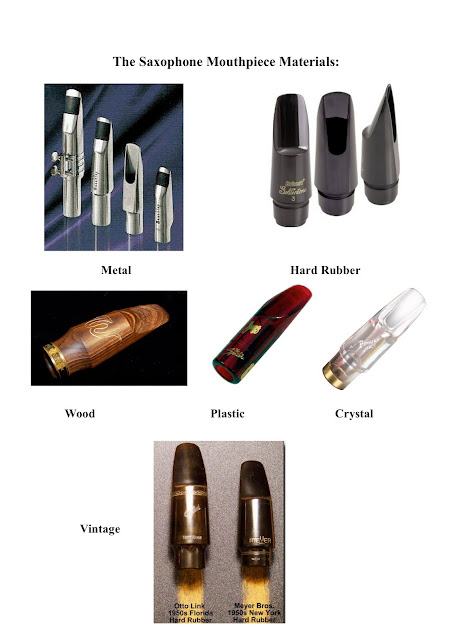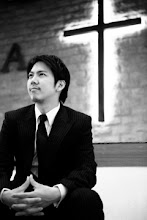 在擁有9個Big Band的北德大裡, Wiest教授所領軍最好的"一點鐘爵士樂團", 是所有學生樂手們都想要考進去的樂團....因此,能跟這樣的教授上課, 自然有點緊張, 畢竟威廉我對於Big Band指揮方面是一點經驗也沒有的.....在選課之前還很擔心會不會跟不上其他JAZZ主修的碩士生們....
在擁有9個Big Band的北德大裡, Wiest教授所領軍最好的"一點鐘爵士樂團", 是所有學生樂手們都想要考進去的樂團....因此,能跟這樣的教授上課, 自然有點緊張, 畢竟威廉我對於Big Band指揮方面是一點經驗也沒有的.....在選課之前還很擔心會不會跟不上其他JAZZ主修的碩士生們....不過, 沒想到, Wiest教授非常的風趣幽默, 每一堂課都深入淺出的概括了整個美國Jazz Big Band的歷史, 聲音, 發展概念與實用的層面, 不但常常用一些生動的實例, 例如某某大師曾經說過的話或是某張重要專輯誕生的背後故事...更是活用許多的音樂, 從傳統的Ellintgon跟 Basie, 隨後的Thad Jones, Buddy Rich, Maynard Ferguson, 再到現代的Bob Brookmeyer, Bob Mintzer以及Maria Schnider, 讓大家真是見識到Big Band的不同聲響與發展~
Wiest也給大家許多很棒的建議與腦力激盪, 關於畢業後的發展, 如何去應徵學校的樂團director, 如何舉辦學校的Jazz festival, 如何組織一個好的big band, 如何去募款或是錄製專輯等等, 都是非常實用的經驗之談~
此外, 這堂課當然也有最重要的實戰部份, 也就是指揮與樂團採排的部份, 由於暑假UNT也有Summer Lab Band, 因此我們每天下課後, 下午都要參加旁聽樂團的彩排, 學習如何來rehearsal with big band~
而最令人感到緊張的, 莫過於實際上場指揮的時候了, 每個人都要指揮三首曲子, 不同的風格(Style), 速度(Tempo), 拍號(time) 或是mix-meter(混合拍號).....每首曲子都要聽的非常熟悉, 而且要將整份總譜都研究清楚, 不能漏掉任何的細節, 有些時候樂曲甚至沒有總譜, 那就得使用Lead Alto Saxophone的譜配合ㄧ其他所有樂團的分譜(parts) 來做分析~
而即使樂曲已經熟悉, 也將和聲與曲式做了一些研究分析之後, 在面對樂團的彩排時, 還是會有許多的狀況產生 (或是"慘"生)....像是要如何讓Big Band中的每一位樂手都了解到自己的部份, 如何勾勒出整首曲子的Road Map, 如何調整Rhythm Section的聲音, 或是如何安排Solo與樂團Back ground之間的互動.....每次的彩排都有30分鐘的時間, 而有的樂曲非常地困難, 無論是對樂手或是對指揮來說都是一種挑戰~
到了期末的時候, Wiest教授要求我們從一長串Big Band指揮或是director必須讀過的書單中挑三本書來寫reviews,而且還要每個人單獨上台presentation, 題目自訂, 範圍就是自己的樂器跟Big Band的關係~
因此, 威廉就想到用這個部落格來放一些想要講的內容, 上課時就直接開網頁讓大家看, 再配合presentation就行囉~ (這其實也是跟Wiest教授學的, 他會放許多音樂, 影片以及文字圖片到One O'Clock的網頁上, 然後每天更新明天要講的上課內容~)
總之, 這堂課真的是收穫良多, 尤其是讓威廉開始喜歡上Big Band的聲音, 也對於吹奏big band 音樂有新的想法與看法, 有機會再與大家一同分享更多的資訊與有趣的big band music囉~












